The Purple Tomato

Introduction
In a world where agricultural challenges—such as climate change, nutrient depletion, and increasing demand—call for innovative solutions, Norfolk Healthy Produce stands out with its latest breakthrough: the Purple Tomato. This genetically modified organism (GMO) represents a new class of horticultural advancement, merging cutting-edge biotechnology with a focus on enhanced nutrition and sustainability. Far from a mere novelty, the Purple Tomato serves as a prime example of how precise genetic engineering can create crops that offer superior health benefits, improved agronomic traits, and minimized environmental impact.
Genetic Engineering for Enhanced Nutritional Value
The Purple Tomato’s most defining characteristic—its deep violet hue—is more than just aesthetic. Researchers identified and introduced genes derived from snapdragon plants into the tomato’s genome to significantly increase its anthocyanin content. Anthocyanins are potent antioxidants known for their anti-inflammatory and cardioprotective properties. Prior to this genetic intervention, tomatoes naturally produced anthocyanins only in their leaves and stems, not in their fruit. By precisely modifying the fruit-specific metabolic pathways, scientists ensured that these beneficial compounds accumulate in the tomato’s flesh, offering consumers a nutrient boost previously unseen in standard varieties.
R&D Process and Regulatory Approval
Developing the Purple Tomato required years of laboratory research, greenhouse trials, and field evaluations. Scientists employed advanced molecular biology techniques, including gene editing and transgenic insertion, to integrate the desired traits without disrupting the tomato’s core genetic stability. Extensive phenotypic and biochemical analyses confirmed that the introduced genes functioned as intended, resulting in high anthocyanin levels, stable yield, and favorable flavor profiles.
Regulatory bodies, such as the U.S. Department of Agriculture (USDA), reviewed the Purple Tomato under rigorous safety and environmental standards. After an assessment of potential allergenicity, toxicity, and ecological impact, the product secured regulatory approval. This clearance reflects global scientific consensus that genetically engineered crops, when subjected to strict oversight and risk assessment, are as safe as their conventional counterparts.
Agronomic Advantages and Environmental Considerations
Beyond nutritional enhancements, the Purple Tomato’s genetic blueprint offers potential agronomic improvements. Enhanced anthocyanin levels may confer greater resistance to certain pests and diseases, reducing dependency on chemical pesticides. Additionally, preliminary research suggests that the fortified antioxidant profile could improve shelf life, thus reducing post-harvest losses and contributing to lower food waste—an important goal as the food system seeks greater efficiency and sustainability.
Norfolk Healthy Produce also incorporates sustainable cultivation practices, from precision irrigation to integrated pest management. By combining genetic innovation with resource-efficient farming, the company aims to minimize its environmental footprint while delivering a superior product to the market.
A Future-Focused Approach to Food
The Purple Tomato embodies a forward-looking approach to agriculture, where biotechnology and responsible stewardship converge. Through meticulous research and careful genetic engineering, Norfolk Healthy Produce has introduced a new category of tomato that marries enhanced nutrition, improved resilience, and potential environmental benefits. As consumer interest grows in nutrient-rich, sustainable foods, the Purple Tomato stands as a tangible example of what modern crop science can achieve—ultimately redefining how we think about the produce that lands on our plates.


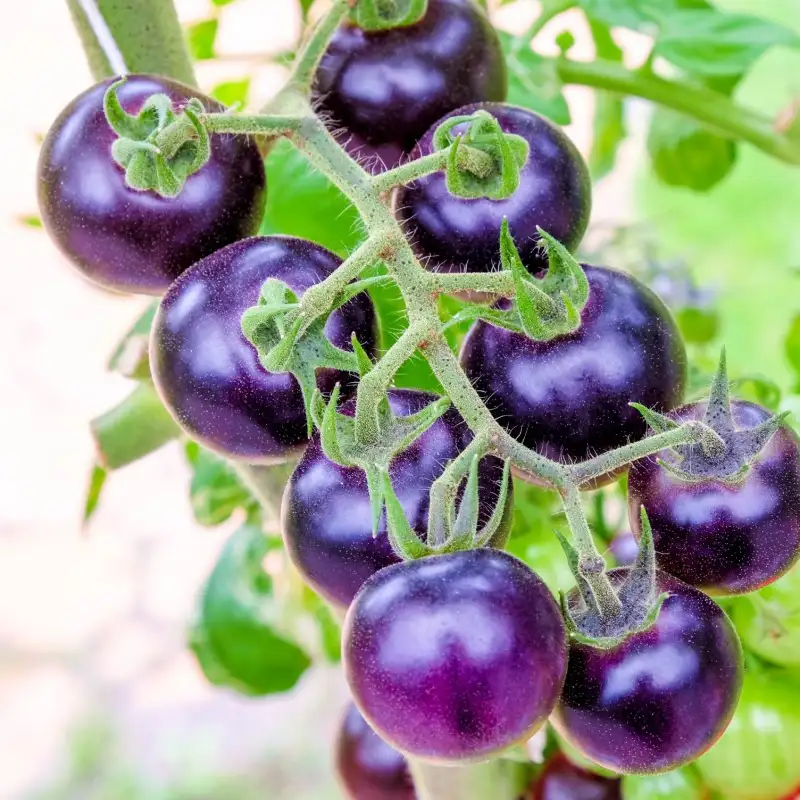

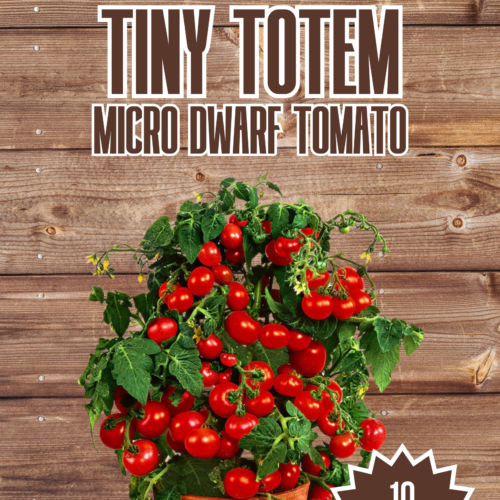
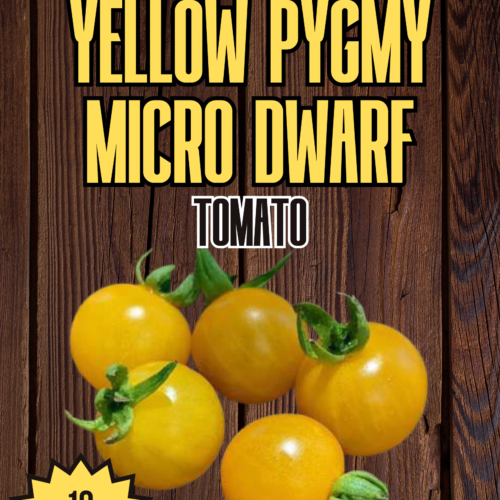
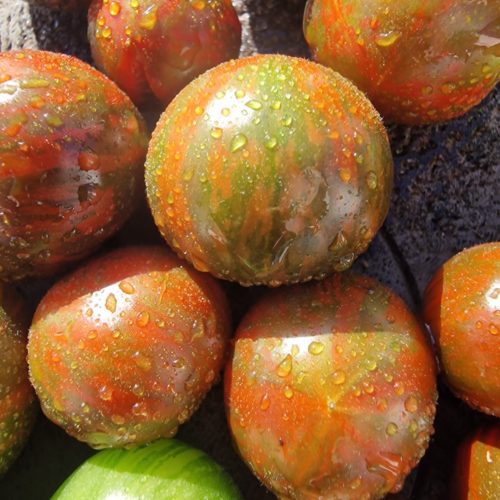

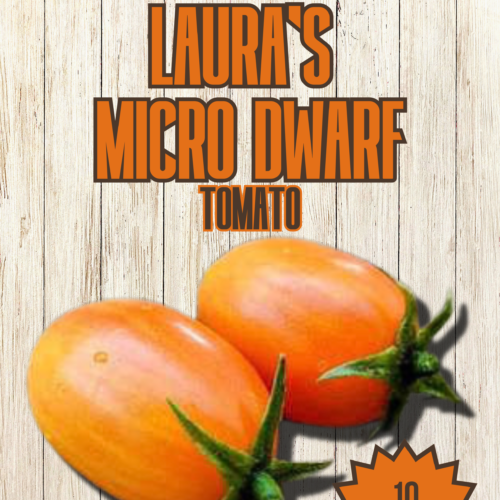
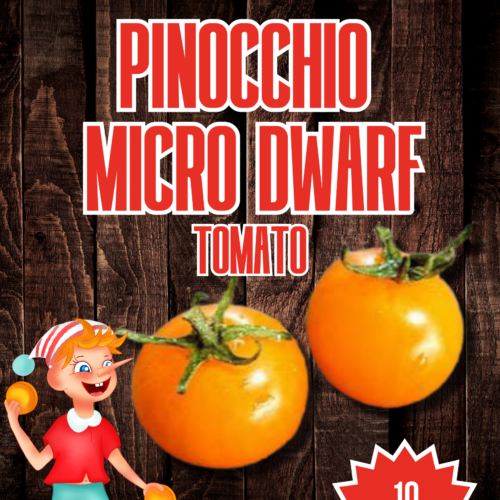

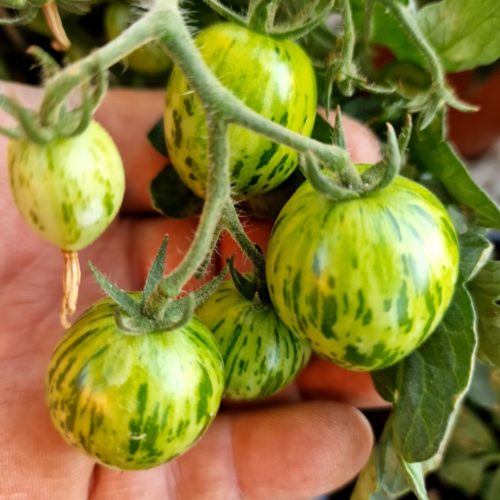


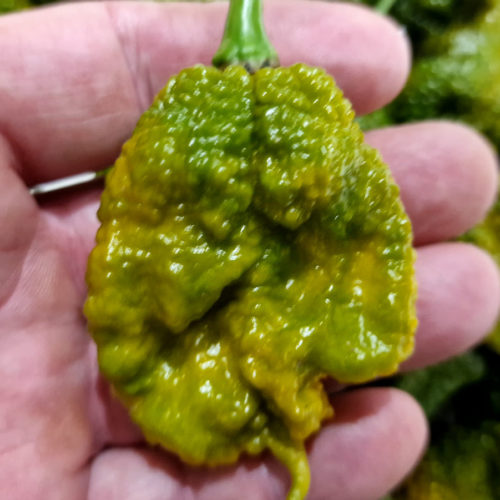
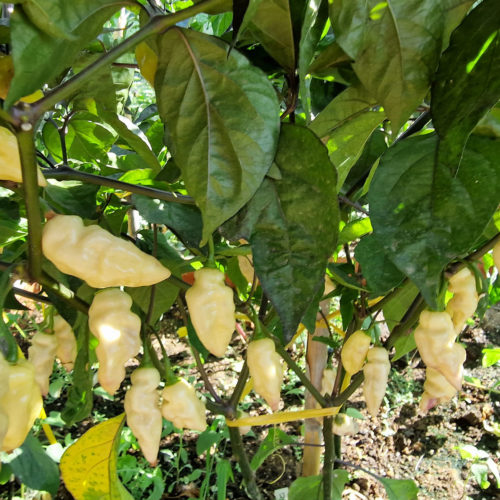

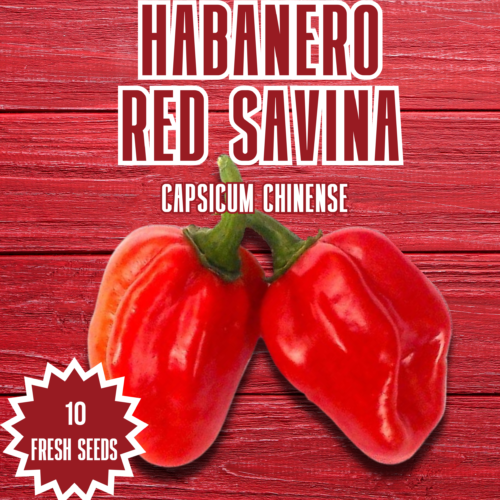


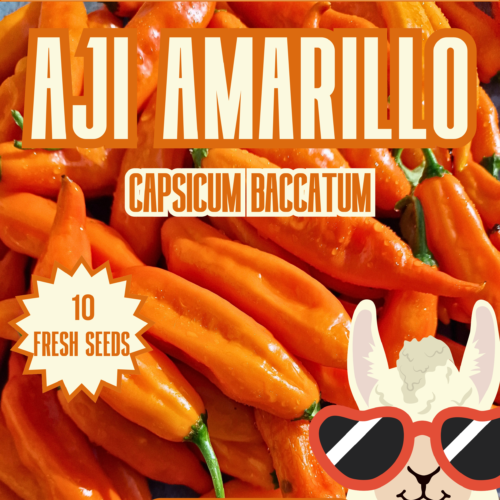
Be the first to review “The Purple Tomato”